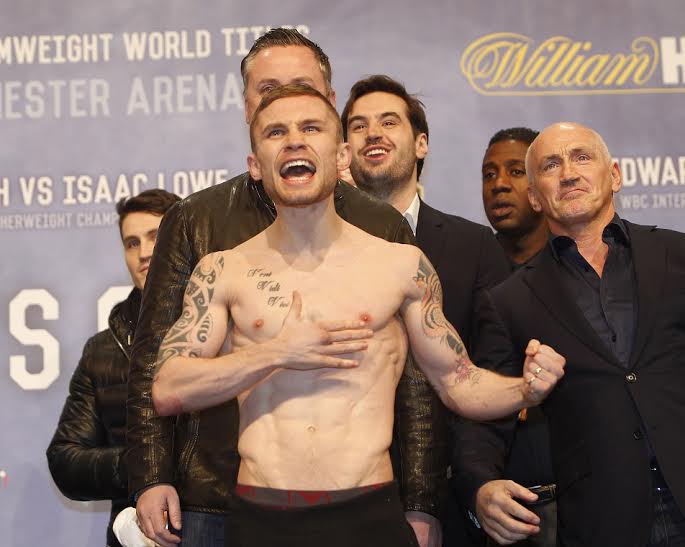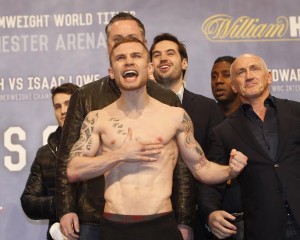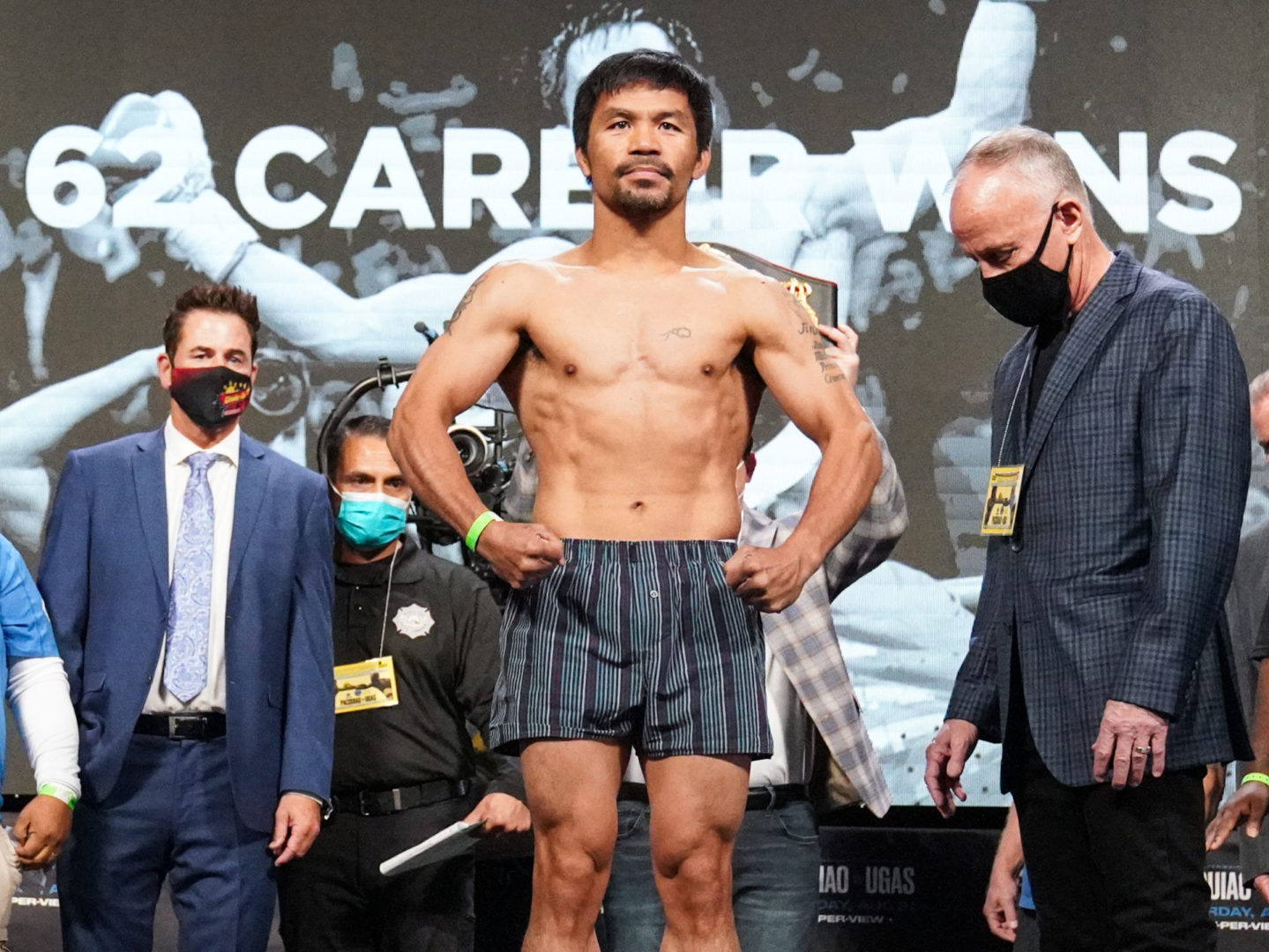
By Bart Barry-

Harder than scoring Frampton-Santa Cruz was caring about the official scores because if you have integrity about your own biases and having checked such impulses you accept the fight was even enough to be uncertain who you favored you know better than to pile on, pro or con, the judges’ decision – no matter how gutless that appears to online scorekeepers. It’s just not that important. Both guys did their limited best to win a match neither seemed to think could end in the other’s unconsciousness.
Those are the grounds upon which this fight can be indicted: once more there was no suspense and little building drama since neither man was hurt or felled or imperiled in 12 rounds, and less than a generation ago we knew that was the measure of what’s memorable in boxing. Yes there was a slippy sort of thing early and there were a few decent counters throughout and there was even a series of consequential-looking flurries towards the end but there was not a moment that made you ghasp in thrill or fright and frankly the gloves looked too big again.
This has become a personal measure of a match’s honest delivery of what matters in a confrontation which is some sense of danger: How big do the gloves look? So much of a boxing telecast today is committed to fooling you – hyperbolic commentary, prefight pyrotechnics, sexy lighting, celebrity sightings, staged replays, biographical meanderings, indecipherable scoring, father/son forensics – one’s initial impression cannot be trusted because it is necessarily coated with so much promotionally interested gunk the truth becomes a derivative of a fraction of whatever just happened in the surprisingly large spaces between combatants’ gloves and network cameras and an HD screen and your eyes. My current and albeit late-arriving solution to this fix is to ask myself how big the fighters’ gloves look because my perception of glove size is a metaphor that is reliable for how much danger happens in the ostensibly violent spectacle before me.
When Antonio Margarito and Miguel Cotto fought the first time their gloves looked tiny enough to be varnished knuckles; Cotto’s punches were so sharp and Margarito’s effect (however attained) was so profound both men felt to me imperiled from the match’s open. In the later rounds of their third fight both Manny Pacquiao’s and Juan Manuel Marquez’s gloves looked diminished – as each held within his fist the chance to injure instantly and humiliate the intensely proud man across from him. One of my clearest memories of being ringside for Israel Vazquez’s third match with Rafael Marquez is how tiny Vazquez’s right glove looked to me in the 12th round as he threw it over and over and over again at an involuntarily retreating Marquez.
Saturday Leo Santa Cruz’s gloves looked enormous. Some of that is television and some of it is the way the color white flattens by softening creases and enlarges whatever it covers but most of it is a way of translating to metaphor an intuition held throughout: Frampton is in no danger whatever. The Irishman’s face was marked afterwards and it was a refreshing proof some of Santa Cruz’s aggressiveness was effective and no skin shines thinner than Irish-white but otherwise Santa Cruz’s inaccuracy was something not even Showtime’s leading replays cleaned up. When Santa Cruz’s feet were positioned properly he hit Frampton on every part of his body that was not the head or liver and when Santa Cruz did land targeted punches his feet and fists were a conflict of interest. If Santa Cruz was ever more than half what his advisor and promoters had us believe he has not been that in years and feeding him poor opponents has done none of us any favors except his advisor.
If this diminishes in some way Frampton’s performance, well, so be it. Frampton used a keen sense of time and space to neutralize Santa Cruz’s once-frantic offense and Frampton’s dexterity reduced Santa Cruz to an average boxer but if that evinces merit it’s a merit also belonging to Cesar Seda who neutralized most of Santa Cruz’s attack three years ago at Alamodome just before Marcos Maidana became the busdriver who took Adrien Broner’s ass to school. Back then Santa Cruz reminded us of Antonio Margarito because we were told he did and because, more importantly, someone like Santa Cruz – a rangy and busy Mexican attrition fighter – never would’ve found himself on television young and early as he did without Margarito’s expansive influence on the narrow imaginations of television programmers.
Since his debut in that giddy, insincere medium Santa Cruz’s quality as a prizefighter has moved opposite the quantity of promotion given to convincing us what an historic item Leo is. As usual they do protest too much.
Bart Barry can be reached via Twitter @bartbarry









